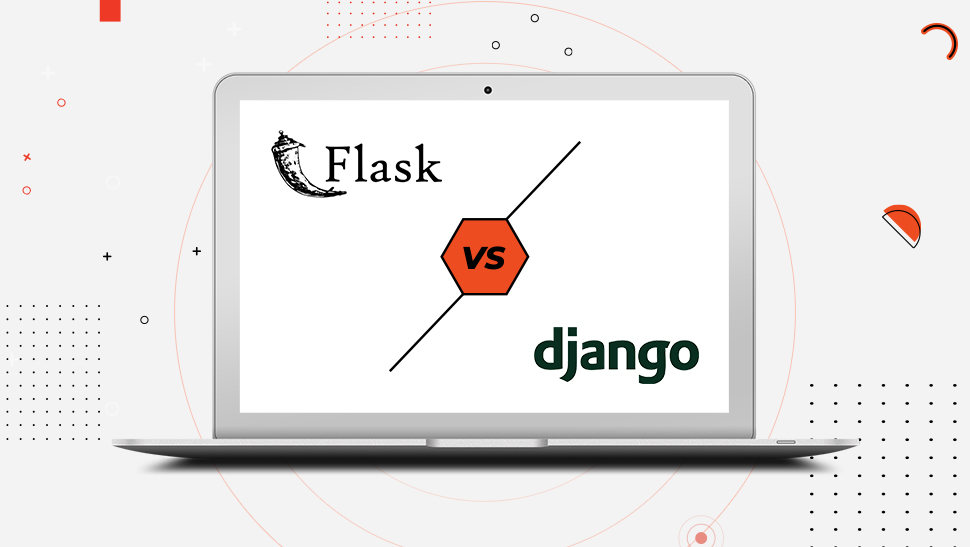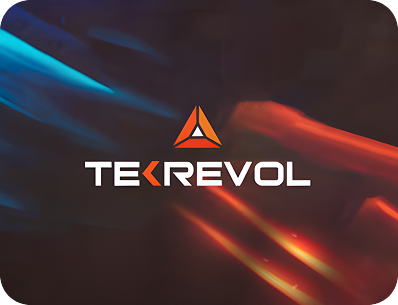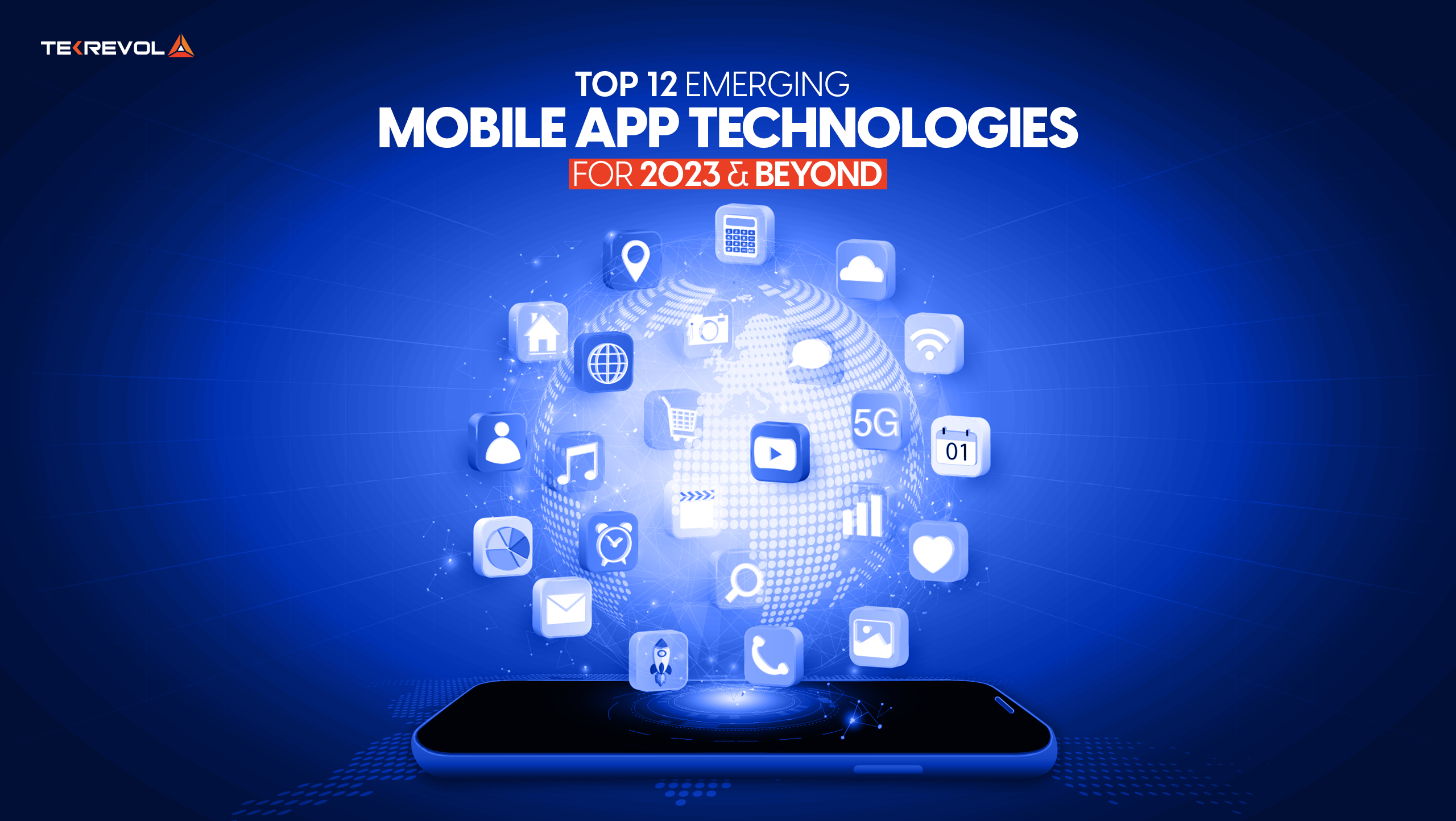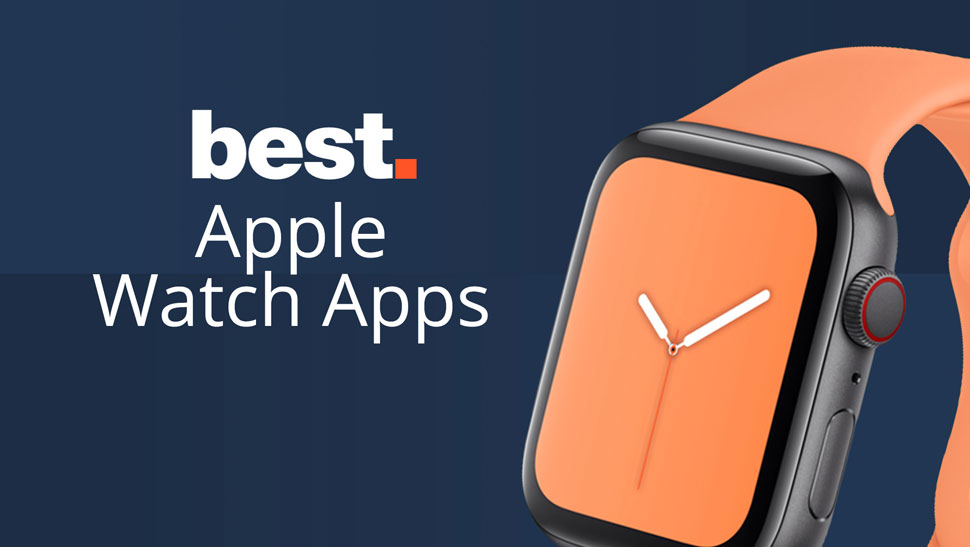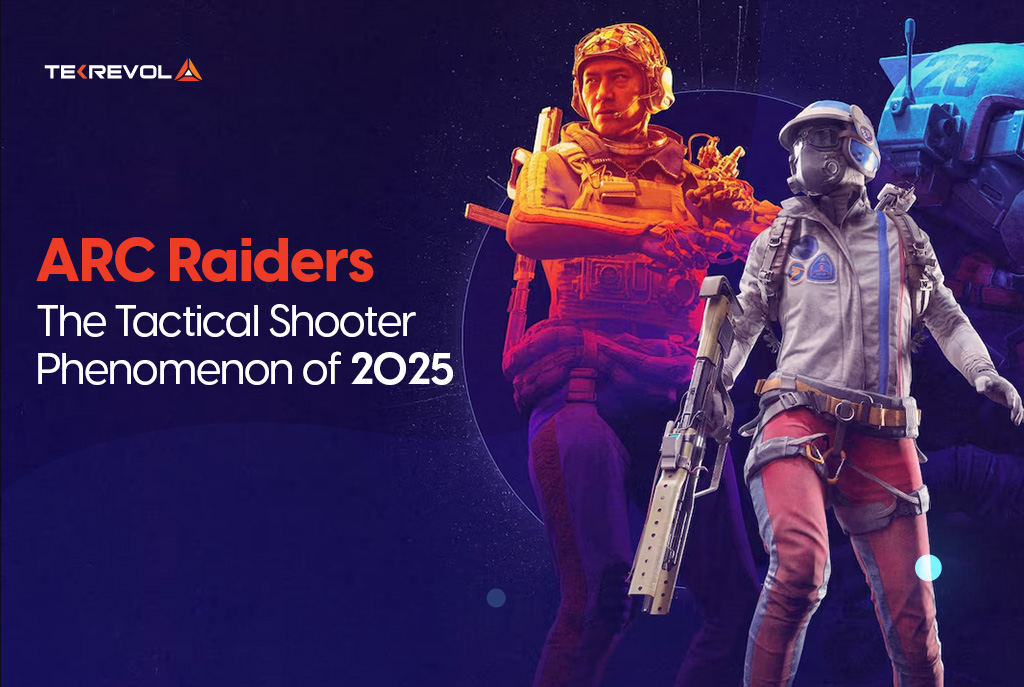Choosing a framework for coding is not an easy task. Whether you are making decisions for your project’s future, or coding your first MVP, launching a SaaS startup, or even scaling like Netflix. Deciding on the right tool between Flask Vs Django is what shapes your business goals.
Though both programming languages offer similar functionality and features, some core differences in their application, popularity, and global usage of the frameworks led us to write a blog post about Django Vs. Flask.
The same is the case with PHP Vs. JavaScript, though the languages are highly related to each other, still there are some differences that needed to get sorted out.
Let it be building scalable applications, software, or complex websites, nearly every developmental aspect is achievable with Django and Flask.
The clean and readable code enables the frameworks to be considered imperative and viable by programmers globally.
According to a JetBrains survey, Django powers 63% of all Python web applications, while Flash only used 42% projects in 2025.
Let’s discuss the unique properties of both Django and Flask, look at their distinguishable characteristics, and see how both of them compare with each other.
- Want to learn how Flask & Django can help your business?
What is The Difference Between Flask Vs Django?
The main difference between Django and Flask is that Django is a full-stack web framework that allows developers to leverage ready-made solutions through a batteries-included approach. In comparison, Flask is a lightweight and minimalist framework that gives you several features.
Django
Django is the free and open-source heavy hitter in the Django Vs. Flask scenario that has been around since 2005.
It is a full-stack web framework written in Python. It gives you several design patterns, concepts, community support, tons of documentation, and other integral features.
With Django, all you have to do is build your business logic, and you’re good to go. Plus, most of the things in Django are out of the box. Hence, integration is not an issue.
If there’s any problem or issue you come across with Django, chances are that it has already been solved by developers who experienced a similar issue, probably 6 or 7 years ago.
So, this is something that makes your work a whole lot easier.
Therefore, in comparison to Flask, Django is an all-encompassing framework.
It gives you an admin panel, Objects Rational Mapping (ORM) database interfaces, and directory structure while minimizing the need to integrate third-party applications.
Features of Django
- Standardized automatic management of security, i.e., account management, transaction management, clickjacking, and more.
- Highly responsive and swift community support allows you to solve issues quickly.
- Django is a multipurpose framework that can be used for any website and is compatible with any client-side framework.
- The “DRY” or “Don’t Repeat Yourself” principle ensures no duplications.
- Being a component-based framework allows Django to ensure that each layer is independent of each other, making the application scalable.
Flask
Entering the market in 2010, nearly 5 years after Django, Flask was introduced as an extensible framework that was ultra-lightweight and categorized as a micro-framework.
Flask is flexible, and properties like these allow developers to integrate various third-party applications into the framework.
It also enables programmers to solve developmental issues at scale by integrating add-ons, libraries, third-party plugins, and modules.
Moving on, if you want to dive deep into the world of coding and programming, starting with Flask is a great idea, given that it helps you understand each component from the backend and the frontend
From a small set of APIs that are easy to learn to excellent documentation, Flask excels when it comes to the learning curve as you get to manage the backend and the frontend while learning the core concepts.
Features of Flask
- Complete control over building your application during the development stage.
- Built-in development server and fast debugger.
- Easy to learn and flexible in nature allows seamless configurations.
- HTTP and RESTful request handling.
- Easy, neat, and coherent APIs.
- Unit testing support functionality.
- Dependency on Werkzeug and Jinja2. Both of which provide strong WSGI support and templates.
Flask Vs Django: Which Framework Would Suit You The Best?
When talking about Python Django vs Flask, you need to understand that these pros and cons mentioned above are dependent upon your project. Therefore, before making any decision, it is equally important to understand your project.
Project Size
When trying to choose between Flask Vs Django, your project’s size is an essential aspect that you need to consider. If the project is small with fewer complications, then Flask is your way to go. In contrast, Django should be the right choice for bigger and complex projects.
That’s not all. It would be great if you measured your plans regarding the project as well. If you plan to scale your project after its completion, Django is great for that purpose as it is fully furnished with all the right features. While the case with Flask is different as you’ll need to create most of the functionalities yourself.
Structure Of The App
The structure of your app should also influence your decision. Suppose your app’s structure is diverse, where you need to implement a highly customizable environment with specific tools and libraries. In that case, Django or Flask could both be a great choice.
However, if you do not need such a customizable framework for your app, using Django could save significant time and resources because of its built-in features.
Type of Your Project
The type of your project is an important factor to consider when choosing between Django and Flask. Refer to this piece below for a better understanding.
Online Store
Django is a better choice for creating an online store as it is already equipped with different E-commerce modules and ORMs for all your needs.
Online Media
Here, Django has the upper hand as it was built for this purpose in the first place.
Simple App With Static Content
If you want to create a simple app, then using Flask is great as it allows a great room for customization.
Django vs Flask for Serverless & Cloud-Native in 2025
With cloud-native architectures and serverless platforms becoming the norm, it is important to know how Django and Flask conform.
Serverless and cloud environments like AWS, Azure act as a natural home for Flask. Its main source, which is a lightweight suite and easy to initialize, makes it ga reat option for event-driven functions.
Django, being full-stack in design, demands extra effort in serverless deployment. The projects tend to use specialized packages such as Zappa or Django-Chalice to integrate with FaaS platforms efficiently.
Final Thoughts
As I’ve mentioned earlier, the idea behind this Flask Vs Django comparison is not to declare which framework is better than others. But instead, it was meant to highlight the key differences between Flask and Django so that you can make the right choice when choosing one of these for your project.
Now that you have a great understanding of both frameworks, it’s time to choose which one among both frameworks works best against your needs. You can also read our comparison guides on PHP vs. JavaScript, React JS vs. Angular, and other such topics to raise your knowledge.

